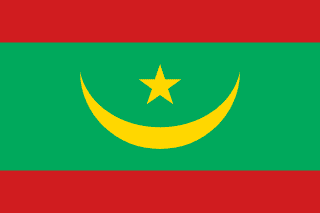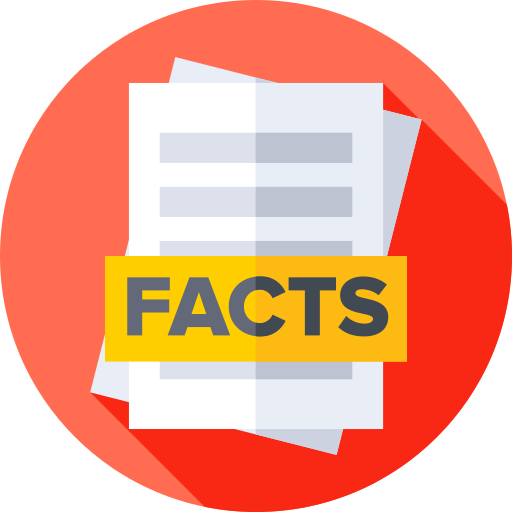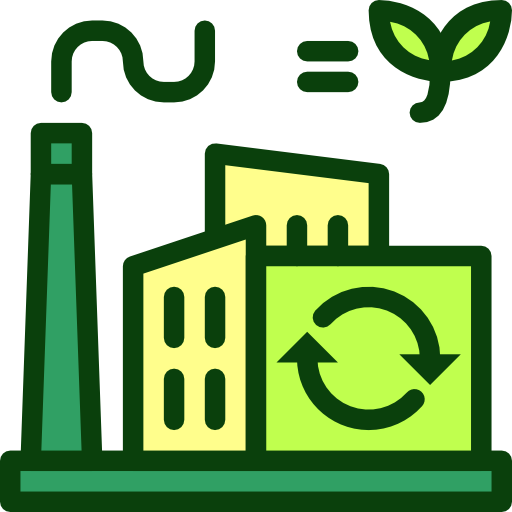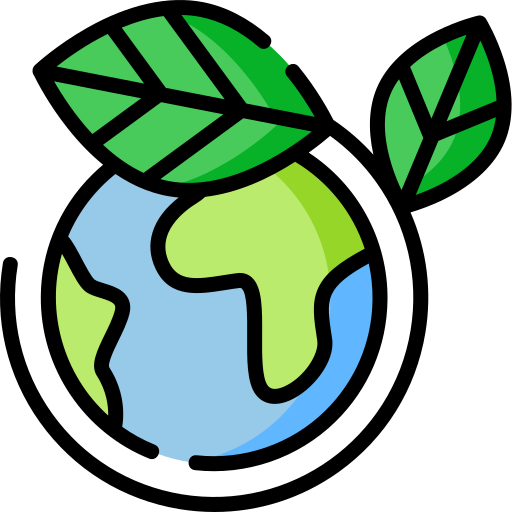Mauritania - Environment

As far as the environment of Mauritania is concerned, there have been . As for nvironment - international agreements, we have; .
About the environment of Mauritania
| Climate | We have desert; constantly hot, dry, dusty |
|---|---|
| Revenue from forest resources | |
| Revenue from coal | |
| Waste and recycling | Municipal solid waste generated annually: 454,000 tons (2009 est.) |
| Total renewable water resources | 11.4 billion cubic meters (2020 est.) |
| Major rivers (by length in km) | |
| Total water withdrawal | |
| Municipal | 100 million cubic meters (2020 est.) |
| Industrial | 30 million cubic meters (2020 est.) |
| Agricultural | 1.2 billion cubic meters (2020 est.) |
| Air pollutants | |
| Particulate matter emissions | 41.98 micrograms per cubic meter (2019 est.) |
| Carbon dioxide emissions | 2.74 megatons (2016 est.) |
| Methane emissions | 6.16 megatons (2020 est.) |
| Land Use | |
| Agricultural land | 38.5% (2022 est.) |
| Agricultural land: arable land | arable land: 0.4% (2022 est.) |
| Agricultural land: permanent crops | permanent crops: 0% (2022 est.) |
| Agricultural land: permanent pasture | permanent pasture: 38.1% (2022 est.) |
| Forest | 0.3% (2022 est.) |
| Other | 61.2% (2022 est.) |
| Urbanization | |
| Urban population | 57.7% of total population (2023) |
| Rate of urbanization | 3.84% annual rate of change (2020-25 est.) |
| Major urban areas (Pop) | 1.492 million NOUAKCHOTT (capital) (2023). |
All Important Facts about Mauritania
Want to know more about Mauritania? Check all different factbooks for Mauritania below.
-
 Mauritania Factbook
Mauritania Factbook
-
 The Economy of Mauritania
The Economy of Mauritania
-
 Learn about the Government of Mauritania
Learn about the Government of Mauritania
-
 Communication in Mauritania
Communication in Mauritania
-
 Popular Universities in Mauritania
Popular Universities in Mauritania
-
 Enerny in Mauritania
Enerny in Mauritania
-
 Transport in Mauritania
Transport in Mauritania
-
 The Geography and society of Mauritania
The Geography and society of Mauritania
-
 The Environment of Mauritania
The Environment of Mauritania
-
 Military and security in Mauritania
Military and security in Mauritania